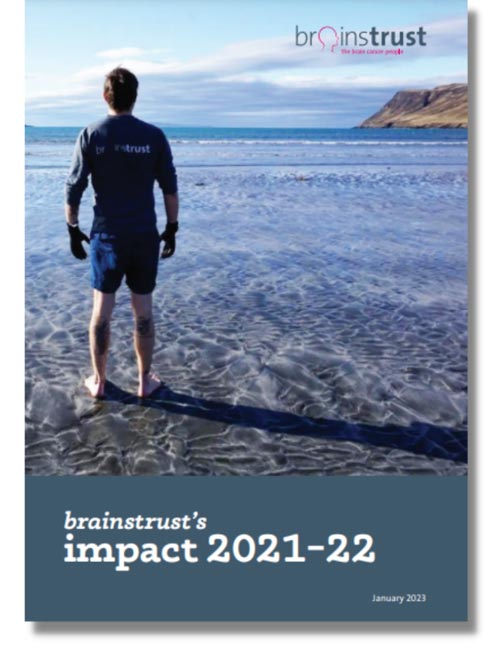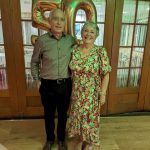Richard’s Story
Richard was born on 1st February 1944. He was adopted at 6 months old by Ronald and Mary Raven and lived at Park Farm, Wrentham. He attended Wrentham primary school until the age of 11 when he moved on to Lowestoft Grammar School. After Grammar School he attended Kessingland Upper School. On finishing school he then completed an Engineering Course at Lowestoft Tech. He then moved on to Chadacre Agricultural College near Bury St Edmunds, following in the footsteps of his father. He excelled in sports at both School and College gaining three Victor Ludorium awards. College was hard work but Richard still managed to get into ‘mischief’, by sneaking out but was caught out on many occasions, but this didn’t dampen his sense of adventure. He enjoyed a colourful social life from a young age.
In 1962 Richard joined his father working at Park Farm where he began his farming career.
He discovered a love of ice skating at Great Yarmouth with partner Annie Wharton. To his delight they were later featured on the front cover of the Great Yarmouth summer holiday brochure. He made great lifelong friendships during his skating days. Sadly though the skating rink was later closed and he would therefore have to find other ways of entertainment. More on that later…
Richard married Tina and Jonathan was born in 1972.
He became a retained fire fighter at Wrentham Fire Station. He was fearless and loved nothing more than getting behind the wheel of the fire engine whenever possible. If he missed the shout he would normally follow in hot pursuit in his rally car beating the engine to the incident.
In the 1970’s he took up Rallying as a hobby. Competing in stage rallies all over the country with his navigator Gary Martin, winning numerous trophies, with his indecently fast driving. A collision with a concrete bridge at 90 miles an hour abruptly ended his rally career, luckily escaping with only a broken finger.
In 1978 he married Helen. His father then retired and Richard took over the tenancy at Park Farm. Helen and Richard then moved in to Park Farm House in Mill Lane. Kirsty was born in 1983.
The need for speed was shortly replaced by another form of horse power when he decided to learn to ride on an ex race horse called Bill. Numerous horses followed, last of which was Clancy his big white charger and they were often seen trotting flat out along the A12.
Richard was a member of Wrentham Vegetables, where he was one of the first members to master the computer system He also enjoyed the short asparagus season, which included delivering the product to many local establishments. He also enjoyed passing on the recipe for his Famous Asparagus Soup.
Jessica was then born in 1993.
Richard decided to turn his hand to sheep farming. He established an award winning pedigree flock of East Point Texel sheep, attending many shows all over the country with the help of his girls. Kirsty and Jessica attended The Old School Henstead and he became a great follower of the School Choir. He later joined the Choir performing at the Carol service at Henstead Church several years in a row.
For years Richard always thought that he was an only child and was surprised to discover that he was actually one of eight when his half sister Ruby got in contact. He formed good relationships with all brothers and sisters.
Richard moved farms to Pye’s Hall in 1997.
Richard was very proud when Jonathan and Lindsey made him a grandfather in 2007. Little Harry brought great joy to his life.
He retired from farming in 2009 and was very proud to have been able to buy back Gulahek his Grandfather’s House. This was to have been a retirement project in the way of its renovation of house and garden.
Richard was proud of all his family’s achievements and would not tire of telling anyone who would listen. He was overjoyed when Jonathan joined the Adnams team and during his illness he joined him several times delivering beer all over east Anglia. He was proud when Kirsty gained her nursing degree and experienced the care of her fantastic team on EADU several times. Jessica will always be his beautiful baby girl and he was always confident she will do well in whatever she wanted. He also became a keen supporter of Hales Cricket club following his son in law Matthew’s achievements. Richard was one of life’s great pranksters. Ask poor Wally Clarke about his memorable bird sandwich…
He also had a heart of gold and would go out of his way to help anyone in need, he helped so many people after the Wrentham flood.
One of Richard’s greatest passions was cooking, with his love of the hottest chills, the rarest beef , and the strongest garlic.
He remained upbeat throughout his illness, thankfully never losing his sense of humour. Together with the support of his family he fought his illness.
Richard was diagnosed with Glioblastoma Multiforme in March 2010. He was treated at Addenbrookes Hospital but sadly he died 13.3.11. The family wish to thank the oncology team for everything they did and feel that his treatment was excellent at Addenbrookes and James Paget Hospital and also the excellent care of all the Pallitive Care team, and our wonderful GP.
460 people attended his funeral at Wrentham Parish Church on 29.3.11. Richard was 67. He had only retired from farming in October 2009.
With brainstrust, you are never alone. Click here to get in touch with one of our trained volunteers who has been through the same experiences you are going through.







